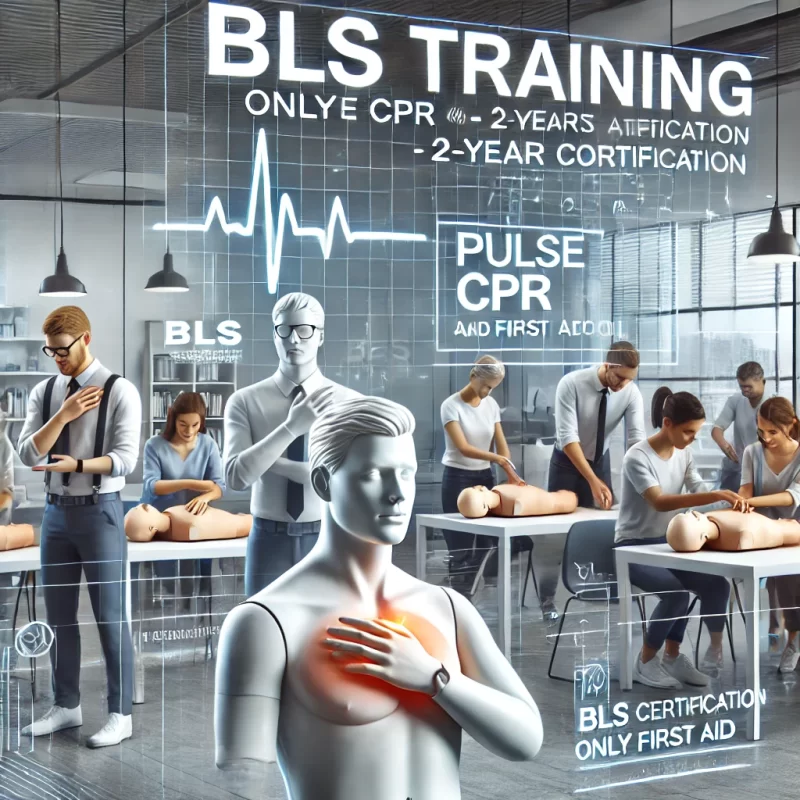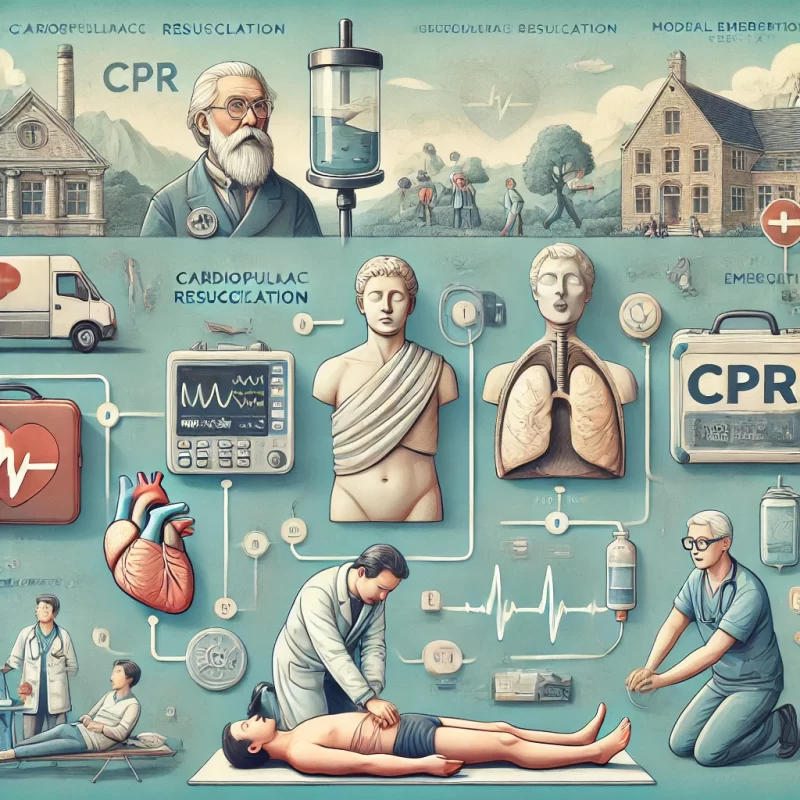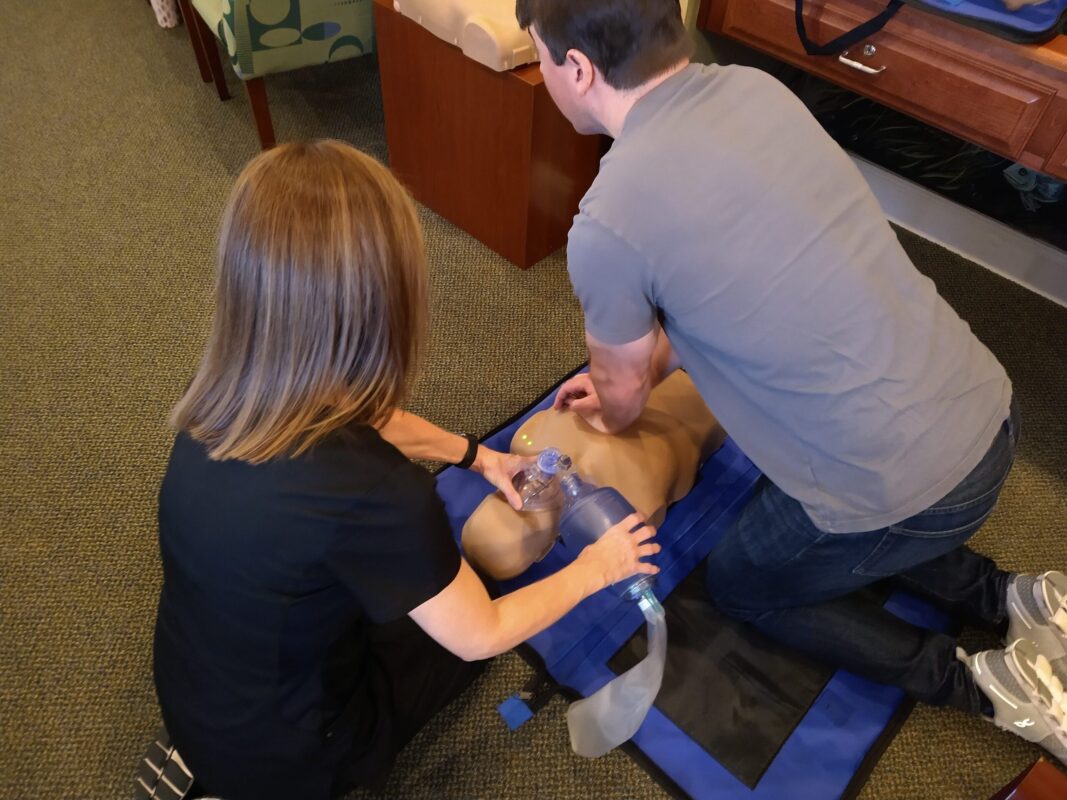Excessive daily TV watching may increase risk of death American Heart Association Rapid Access Journal Report
If you would like more information on Pulse CPR School serving all of Augusta, GA. Evans, GA. and the (CSRA). Please call us at 706-901-7CPR (7277) Heart News
Study Highlights
- Excessive daily TV. People who watch TV for five or more hours a day appear to be at much greater risk of dying from a blood clot in the lung – a condition known as pulmonary embolism.
- Excessive daily TV. Simple steps similar to those recommended for travelers on long plane flights, such as flexing leg muscles or standing up and stretching may reduce risk.
Excessive daily TV every day may increase your risk of dying from a blood clot in the lung, according to new research in the American Heart Association’s journal Circulation.
A lung blood clot, known medically as a pulmonary embolism, usually begins as a clot in the leg or pelvis as a result of inactivity and slowed blood flow. If the clot breaks free, it can travel to a lung and become lodged in a small blood vessel, where it is especially dangerous.Excessive daily TV.
From 1988 to 1990, Japanese researchers asked 86,024 participants, age 40-79, how many hours they spent watching TV. Over the next 19 years, 59 participants died of a pulmonary embolism.
Researchers found that compared to participants who watched TV less than 2.5 hours each day, deaths from a pulmonary embolism increased by:
- 70 percent among those who watched TV from 2.5 to 4.9 hours
- 40 percent for each additional 2 hours of daily TV watching; and
- 2.5 times among those who watched TV 5 or more hours.
“Pulmonary embolism occurs at a lower rate in Japan than it does in Western countries, but it may be on the rise,” said Hiroyasu Iso, M.D., Ph.D., professor of public health at Osaka University Graduate School of Medicine and study corresponding author. “The Japanese people are increasingly adopting sedentary lifestyles, which we believe is putting them at increased risk.”
Authors noted that the risk is likely greater than the findings suggest. Deaths from pulmonary embolism are believed to be underreported because diagnosis is difficult. The most common symptoms of pulmonary embolism – chest pain and shortness of breath – are the same as other life-threatening conditions, and diagnosis requires imaging that many hospitals are not equipped to provide.
Researchers accounted for several factors that might have influenced findings, including obesity, diabetes, cigarette smoking and hypertension. After the number of hours spent watching TV, obesity appeared to have the next strongest link to pulmonary embolism.Excessive daily TV.
Toru Shirakawa, M.D., study first author and a research fellow in public health at Osaka University Graduate School of Medicine, said the findings may be particularly relevant to Americans. Other studies indicate U.S. adults watch more television than Japanese adults.
“Nowadays, with online video streaming, the term ‘binge-watching’ to describe viewing multiple episodes of television programs in one sitting has become popular,” Shirakawa said. “This popularity may reflect a rapidly growing habit.”
Authors said people who watch a lot of TV can take several easy steps to reduce their risk of developing blood clots in their legs that may then move to their lungs.
“After an hour or so, stand up, stretch, walk around, or while you’re watching TV, tense and relax your leg muscles for 5 minutes,” said Iso, noting this advice is similar to that given to travelers on long plane flights. He added that drinking water may also help and, in the long run, shedding pounds if overweight is likely to reduce risk.
The study recorded participants’ viewing habits before computers, tablets and smartphones became popular sources of information and entertainment. Authors believe new studies are needed to determine the effect of these new technologies on pulmonary embolism risk.
Other co-authors are Kazumasa Yamagishi, M.D., Ph.D.; Hiroshi Yatsuya, M.D., Ph.D; Naohito Tanabe, M.D., Ph.D; Satoyo Ikehara, MSc. , Ph.D; Shigekazu Ukawa, Ph.D.; and Akiko Tamakoshi, M.D. Author disclosures are on the manuscript.
The study is part of the Japan Collaborative Cohort Study funded by the Ministry of Education, Science, Sports and Culture of Japan.
Additional Resources:
- Infographic and watching TV images are located in the right column of this release link http://newsroom.heart.org/news/excessive-daily-tv-watching-may-increase-risk-of-death?preview=4933f589af1ab1350dbbd3ac7de91fe6
- After July 25, view the manuscript online.
- Venous Thromboembolism and Pulmonary Embolism
- Follow AHA/ASA news on Twitter @HeartNews.
- For updates and new science from the Circulation journal follow @CircAHA.




